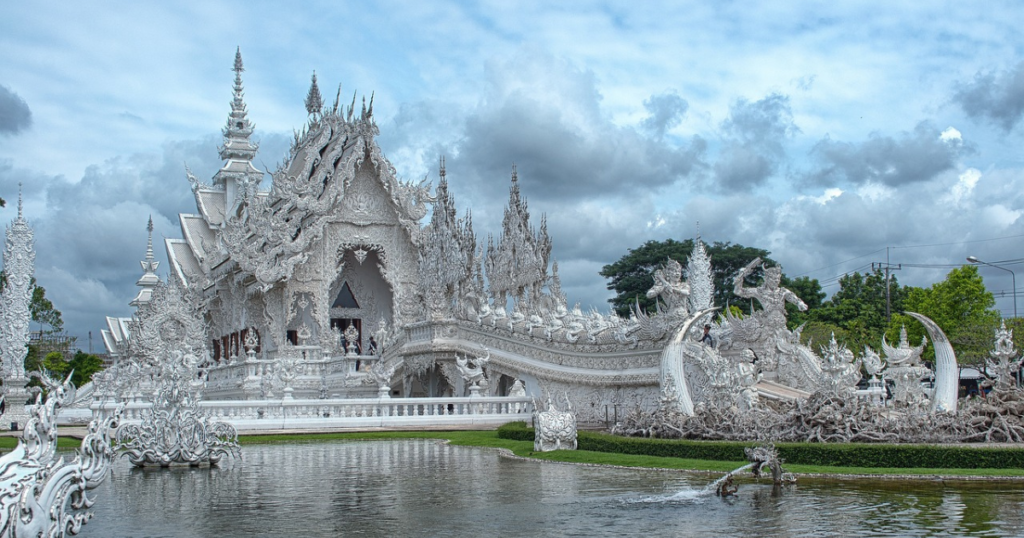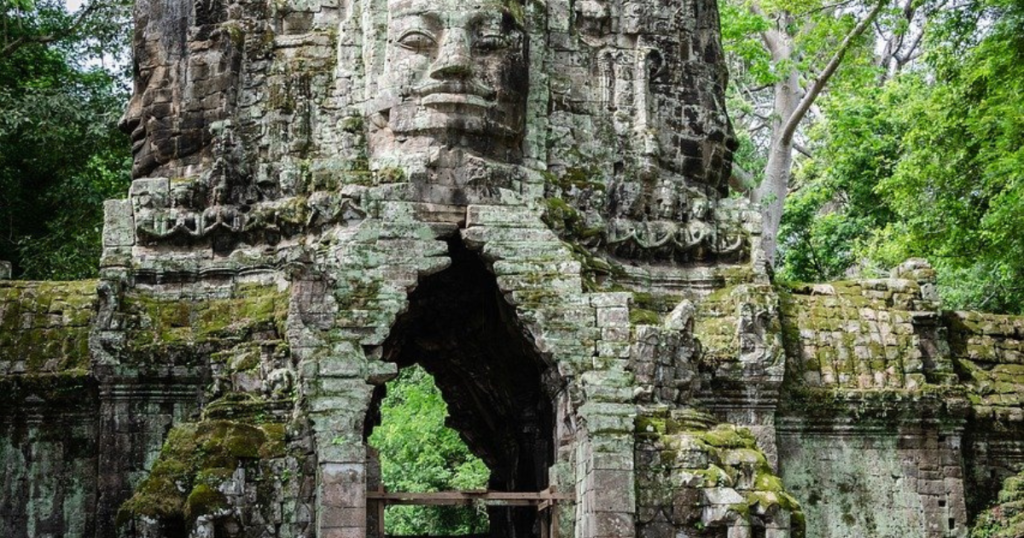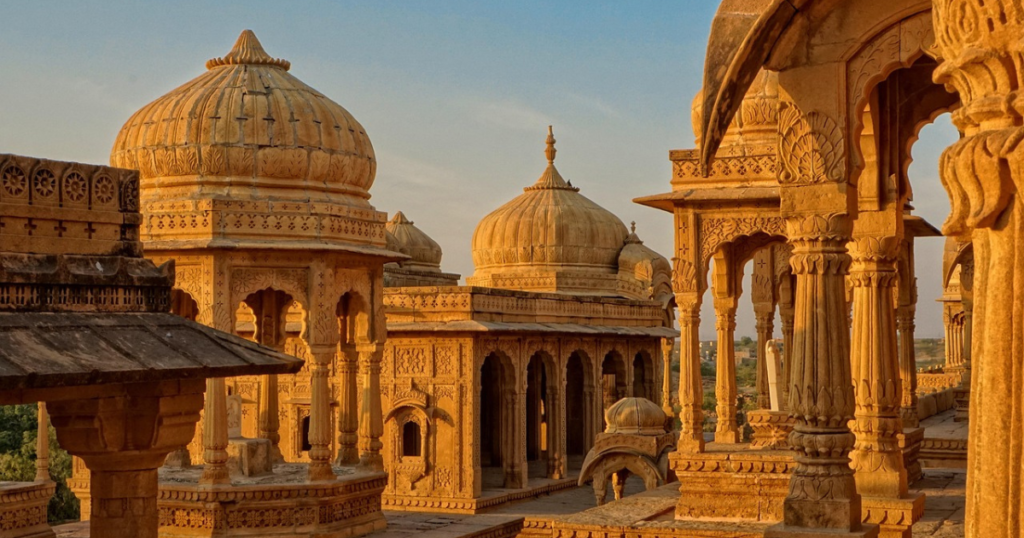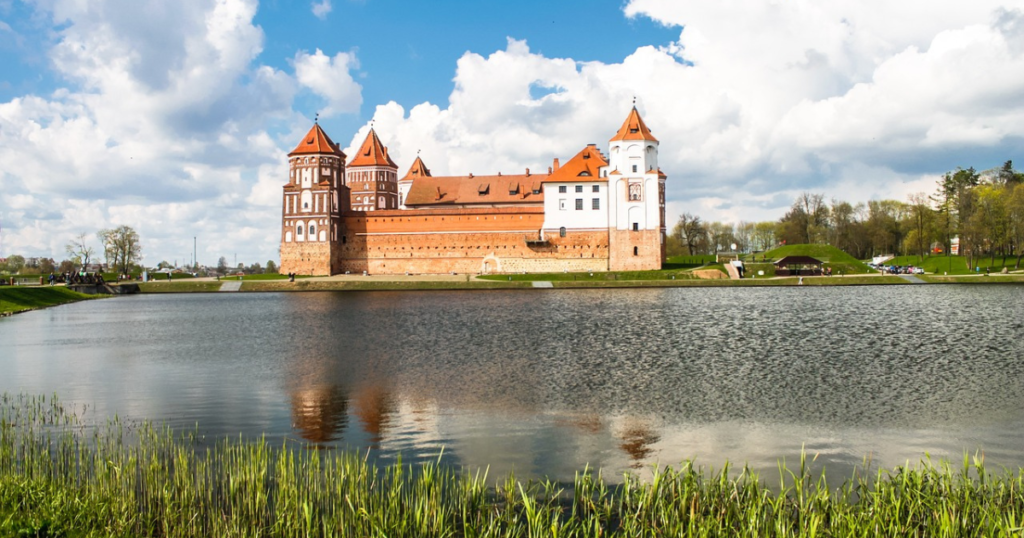The Ayodhya Ram Mandir holds immense historical significance, tracing its roots back to ancient times. According to Hindu scriptures, Ayodhya is believed to be the birthplace of Lord Rama, a revered deity in Hinduism. The Ramayana, an epic poem detailing the life and adventures of Lord Rama, further solidifies Ayodhya’s importance in Hindu mythology. The construction of the Ram Mandir in Ayodhya is not just a religious endeavor but also a cultural and historical one, symbolizing the deep-rooted faith and reverence for Lord Rama among millions of devotees worldwide.

Journey Through Time:
The journey of the Ayodhya Ram Mandir,s opening date spans centuries, reflecting the ebb and flow of history and civilization. From its origins as a simple shrine to Lord Rama to the grand temple complex envisioned today, the evolution of the Ram Mandir is a testament to the enduring legacy of devotion and reverence associated with Ayodhya. Through various rulers and dynasties, the temple endured transformations, renovations, and even destructions, yet it stood as a beacon of faith for millions.

Understanding the Cultural and Religious Importance of Ayodhya Ram Mandir
The Ayodhya Ram Mandir distance holds immense cultural and religious importance for Hindus worldwide. It serves as a symbol of devotion, unity, and faith, encapsulating the essence of Hindu spirituality. The temple not only commemorates the birth of Lord Rama but also serves as a pilgrimage site for devotees seeking blessings and spiritual solace. Its significance extends beyond religious boundaries, embodying the rich cultural heritage and traditions of India.

From Dispute to Devotion: The Story of Ram Mandir
The journey of the Ayodhya Ram Mandir location from a longstanding dispute to a symbol of devotion is a remarkable saga in Indian history. The decades-long legal and political battle over the site culminated in a landmark verdict by the Supreme Court of India, paving the way for the construction of the Ram Mandir. This transition from discord to harmony reflects the resilience of Indian society and the power of faith to overcome obstacles.

Architectural Marvel: Exploring the Design of Ram Mandir
The architectural design of the Ayodhya Ram Mandir photo is a blend of traditional Hindu temple architecture and contemporary craftsmanship. The temple complex features intricate carvings, majestic spires, and ornate sculptures, reflecting the grandeur and magnificence befitting a divine abode. Each element of the design is imbued with symbolism and religious significance, creating a sacred space that inspires awe and reverence.

Ram Mandir: Symbol of Unity and Harmony
The construction of the Ayodhya Ram Mandir inauguration is not just a religious milestone but also a symbol of unity and harmony in a diverse society like India. It signifies the coming together of people from different backgrounds and beliefs to honor a shared heritage and faith. The temple serves as a reminder of the common bonds that unite humanity, transcending barriers of caste, creed, and religion.

Revisiting Ayodhya: The Resurgence of Ram Mandir
The resurgence of the Ayodhya Ram Mandir Prasad marks a significant chapter in the history of Ayodhya and India as a whole. With the commencement of the construction process, Ayodhya is experiencing a renewed sense of vitality and spiritual fervor. Pilgrims and visitors from across the globe are flocking to the holy city to witness the historic transformation unfolding before their eyes, reaffirming Ayodhya’s status as a sacred pilgrimage destination.

Spiritual Journey: Pilgrimage to Ram Mandir
For devotees, embarking on a pilgrimage to the Ayodhya Ram Mandir nearest railway station is a deeply spiritual journey filled with reverence and devotion. The pilgrimage holds profound significance, offering devotees an opportunity to seek blessings from Lord Rama and immerse themselves in the sacred atmosphere of Ayodhya. It is a journey of self-discovery and inner transformation, where pilgrims find solace and strength in their faith.

Ram Mandir: A Testament to Faith and Resilience
The completion of the Ayodhya Ram Mandir opening stands as a testament to the unwavering faith and resilience of millions of devotees who never wavered in their belief in the divine. Despite facing numerous challenges and obstacles, their steadfast devotion and determination ultimately triumphed, culminating in the realization of a long-cherished dream. The Ram Mandir stands as a beacon of hope and inspiration for generations to come.

Impact of Ram Mandir on Indian Society and Politics
The construction of the Ayodhya Ram Mandir has far-reaching implications for Indian society and politics. It has sparked debates and discussions on issues of religious freedom, secularism, and identity politics. While some view it as a symbol of Hindu revivalism, others see it as a step towards communal harmony and national integration. The temple’s completion has undoubtedly reshaped the socio-political landscape of India, leaving a lasting impact on its collective consciousness.
FAQS
Q: What is the significance of the Ayodhya Ram Mandir?
A: The Ayodhya Ram Mandir holds immense religious, cultural, and historical significance as the birthplace of Lord Rama and a symbol of Hindu devotion.
Q: How long did it take to resolve the Ayodhya Ram Mandir dispute?
A: The Ayodhya Ram Mandir dispute lasted for several decades before being resolved by the Supreme Court of India in 2019.
Q: When was the construction of the Ayodhya Ram Mandir initiated?
A: The construction of the Ayodhya Ram Mandir commenced in 2020 after the Supreme Court’s verdict in favor of the temple’s construction.
Q: What is the significance of the Ayodhya Ram Mandir?
A: The Ayodhya Ram Mandir holds immense religious, cultural, and historical significance as the birthplace of Lord Rama and a symbol of Hindu devotion. It is believed to be the site where Lord Rama was born, making it one of the holiest places in Hinduism.
Q: How long did it take to resolve the Ayodhya Ram Mandir dispute?
A: The Ayodhya Ram Mandir dispute lasted for several decades before being resolved by the Supreme Court of India in 2019. The legal battle over the ownership of the land dates back to the 19th century, but it was finally settled with the court’s verdict in favor of the construction of the Ram Mandir.
Q: When was the construction of the Ram Mandir initiated?
A: The construction of the Ram Mandir commenced in 2020 after the Supreme Court’s verdict in favor of the temple’s construction. It marked the beginning of a new chapter in the history of Ayodhya and India, as the dream of building a grand temple at the birthplace of Lord Rama was finally realized.
Conclusion
Ram Mandir stands as a testament to the enduring faith and resilience of millions of devotees who have upheld the legacy of Lord Rama for centuries. Its construction marks a historic milestone in the cultural and religious landscape of India, symbolizing unity, harmony, and devotion. As pilgrims continue to flock to Ayodhya to pay homage to Lord Rama, the Ram Mandir remains a beacon of hope and inspiration for generations to come.
Thank you.

